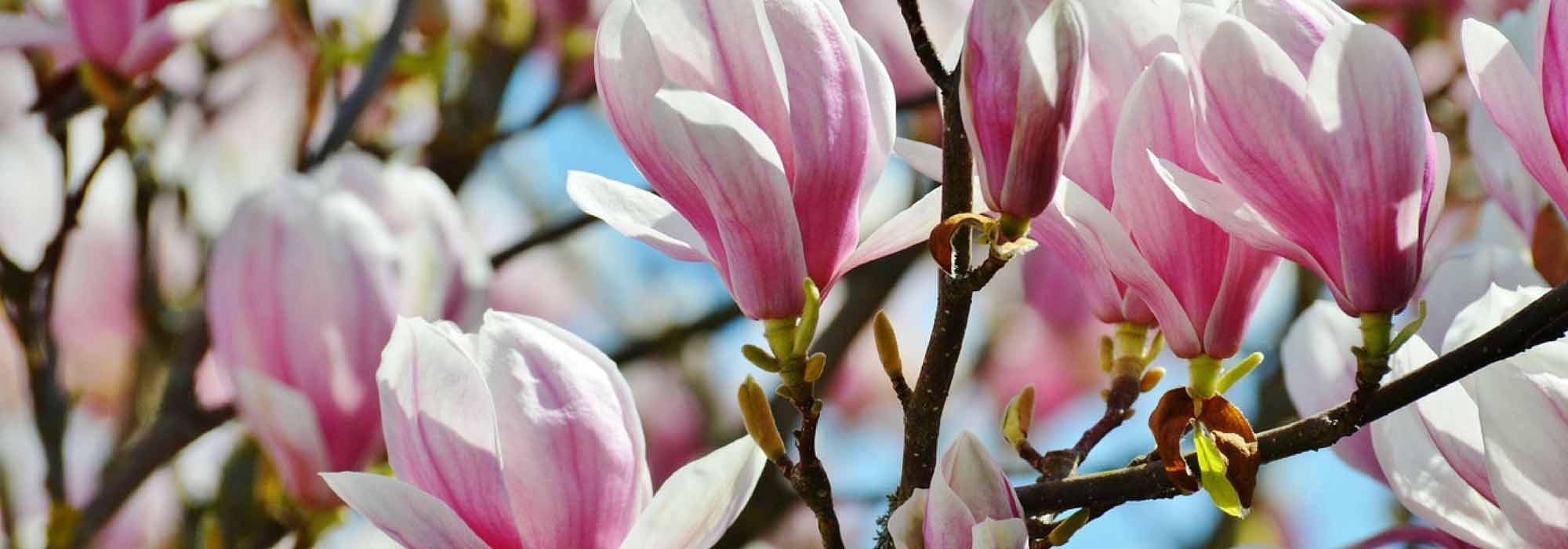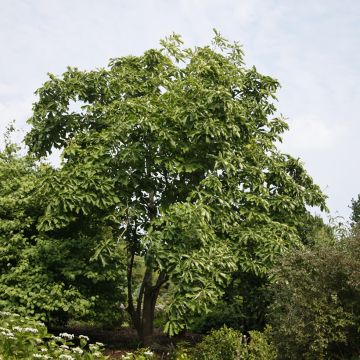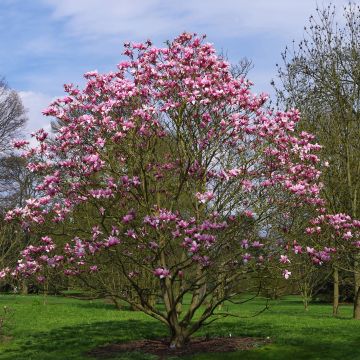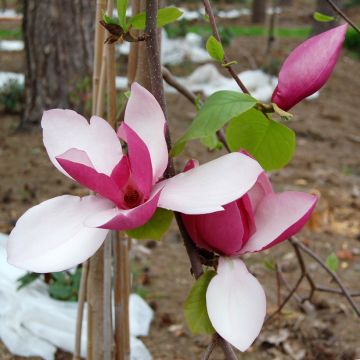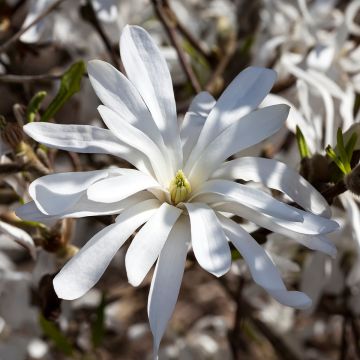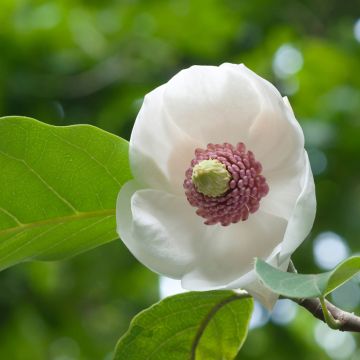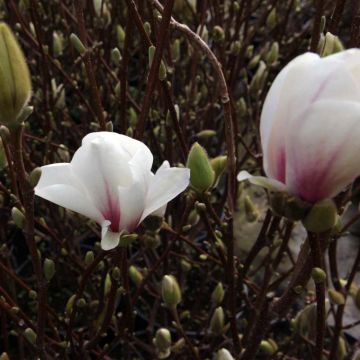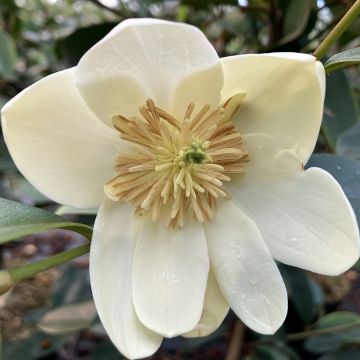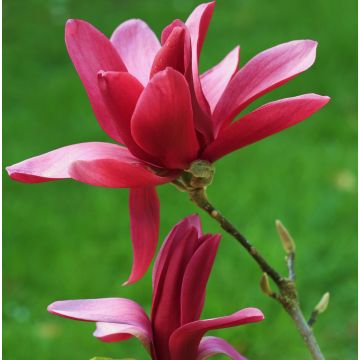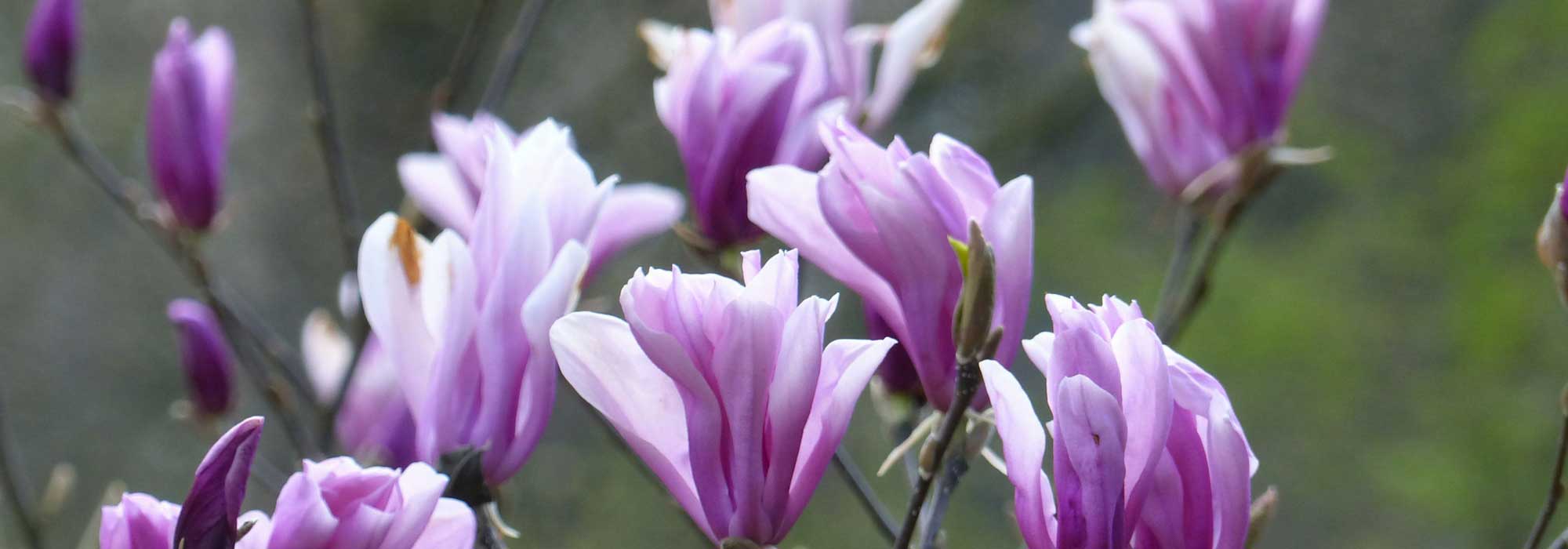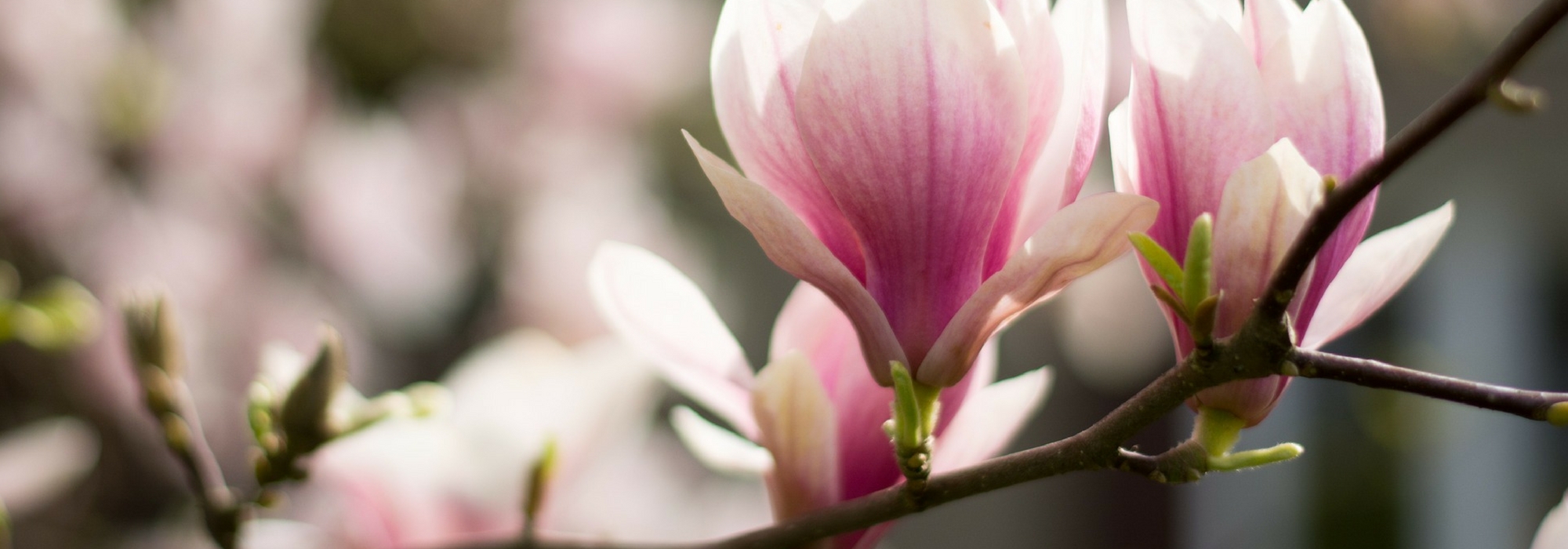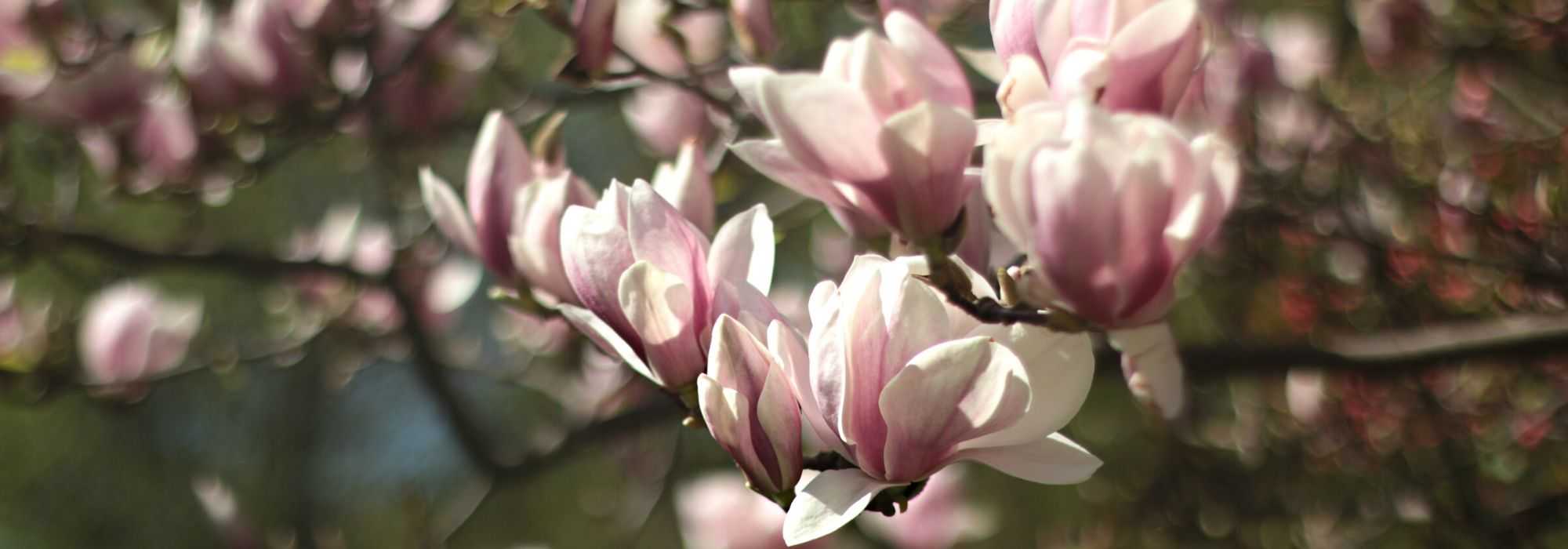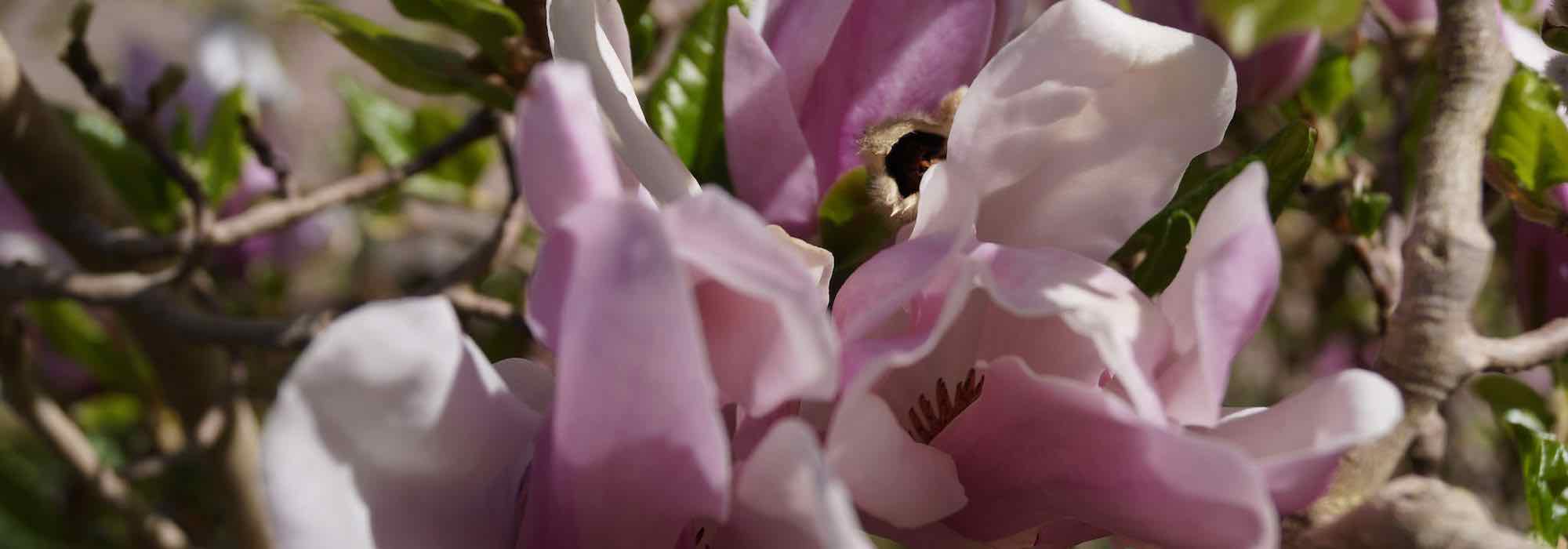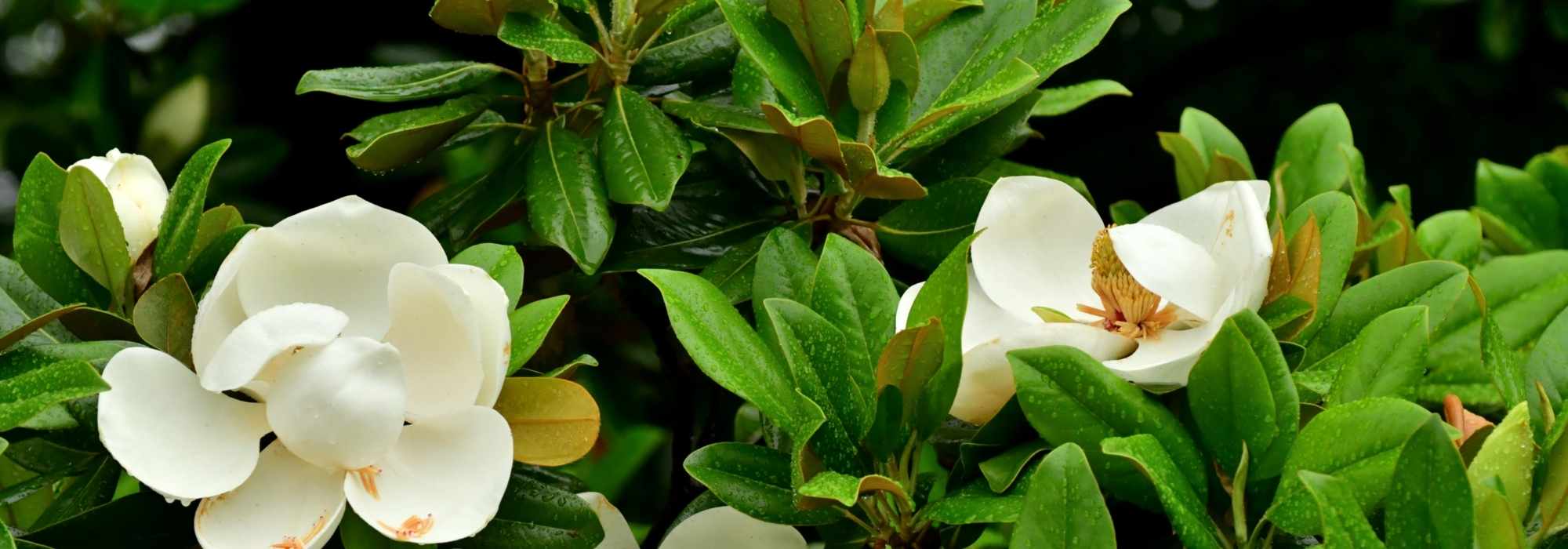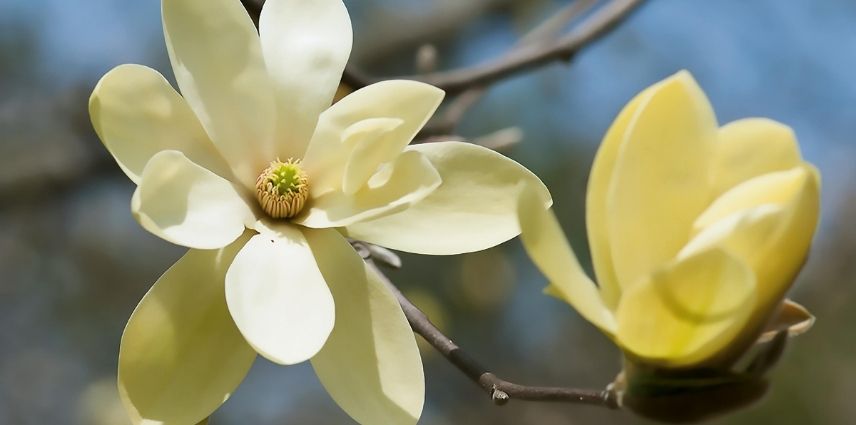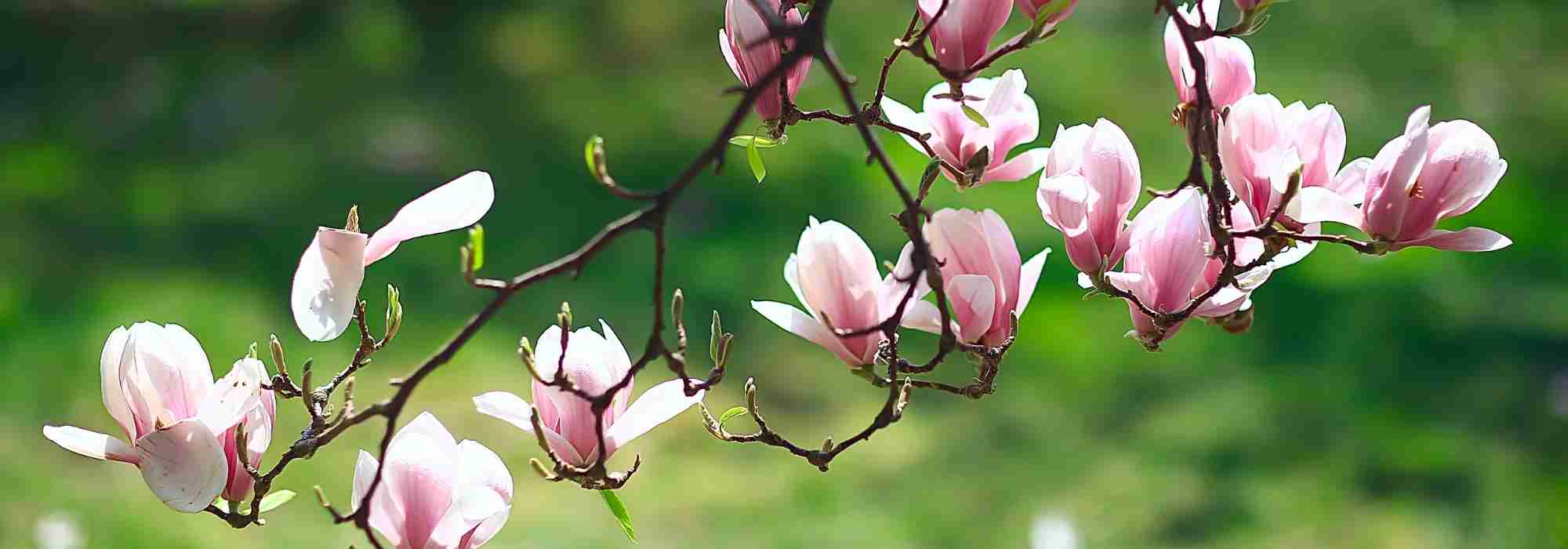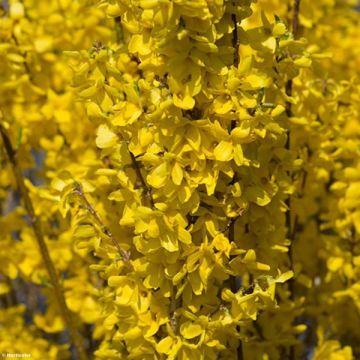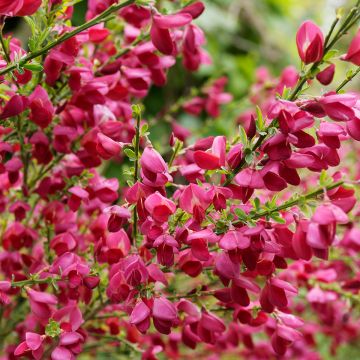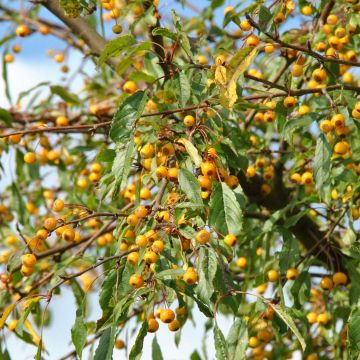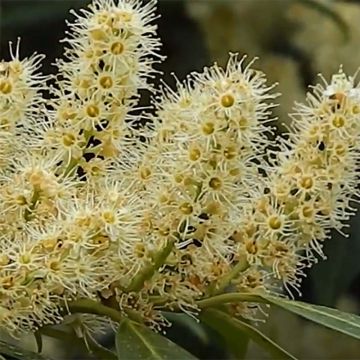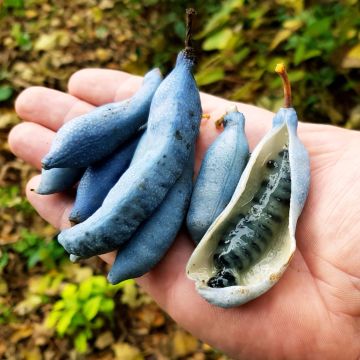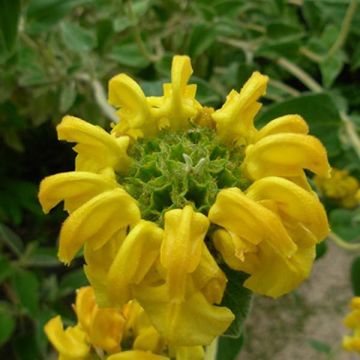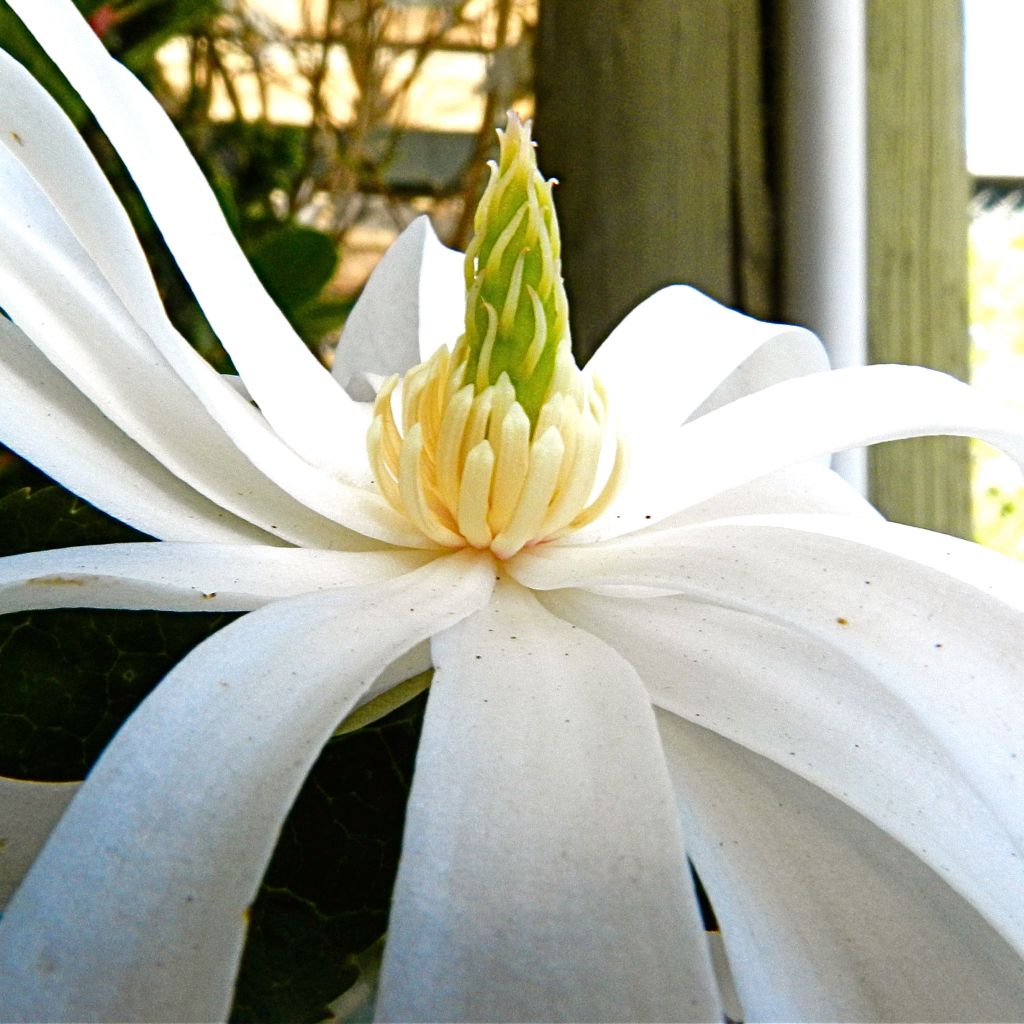

Magnolia stellata Royal Star
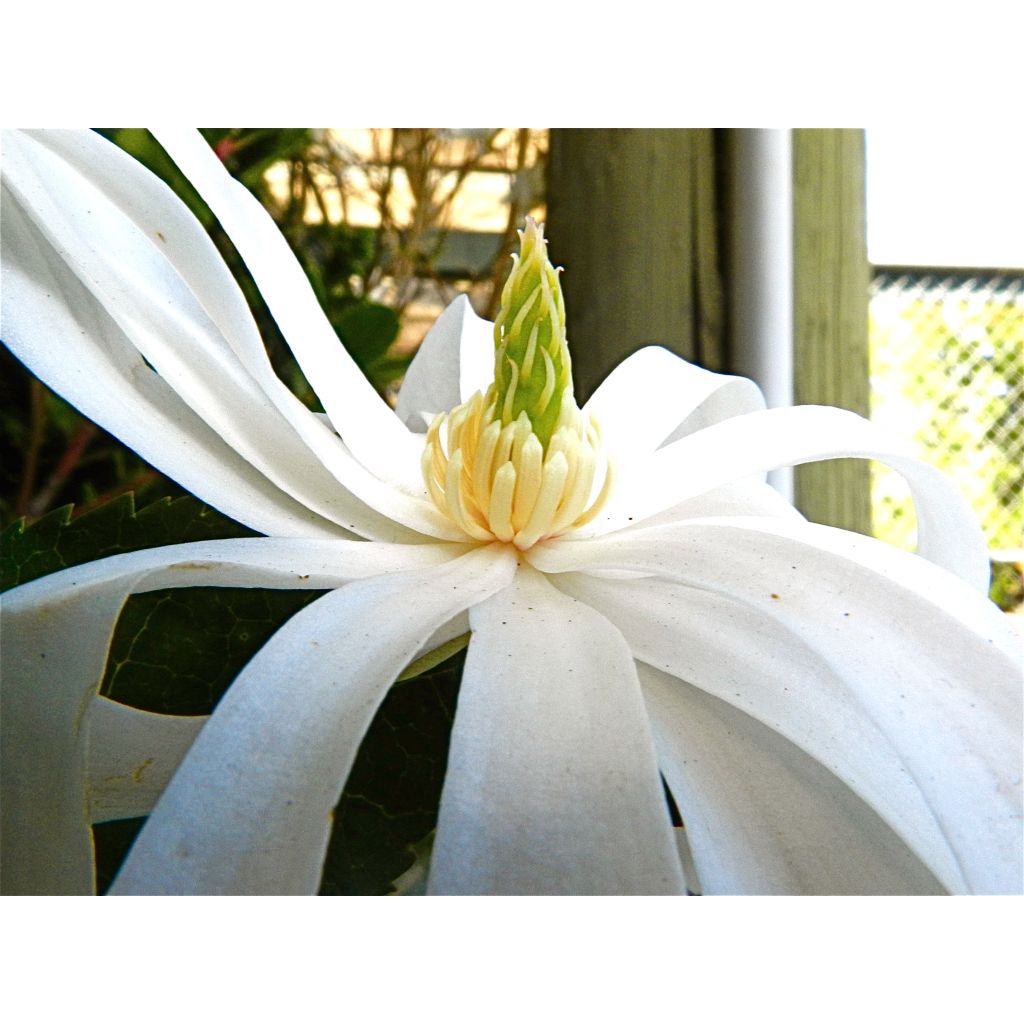

Magnolia stellata Royal Star
Magnolia stellata Royal Star
Magnolia stellata Royal Star
Star Magnolia, Starry Magnolia
Very pretty bushes, carefully packaged, fast delivery. Thank you!
Dave , 01/07/2025
Special offer!
Receive a €20 voucher for any order over €90 (excluding delivery costs, credit notes, and plastic-free options)!
1- Add your favorite plants to your cart.
2- Once you have reached €90, confirm your order (you can even choose the delivery date!).
3- As soon as your order is shipped, you will receive an email containing your voucher code, valid for 3 months (90 days).
Your voucher is unique and can only be used once, for any order with a minimum value of €20, excluding delivery costs.
Can be combined with other current offers, non-divisible and non-refundable.
Home or relay delivery (depending on size and destination)
Schedule delivery date,
and select date in basket
This plant carries a 24 months recovery warranty
More information
We guarantee the quality of our plants for a full growing cycle, and will replace at our expense any plant that fails to recover under normal climatic and planting conditions.

Would this plant suit my garden?
Set up your Plantfit profile →
Description
Royal Star Magnolia is a vigorous and floriferous variety of magnolia from a young age. Its blooms burst forth from the beginning of spring, before the foliage, in large white stars full of petals emerging from buds of a delightful pale silver pink. They are wider than those typical of the species, and slightly fragrant. Hardy and robust, this large shrub breathes health! It will be perfect as a standalone plant in a small garden, in a hedge, or in a large container placed in non-scorching sunlight, preferably in non-chalky soil.
Royal Star Magnolia is an American horticultural creation from Neshanic Station dating back to 1947. The species Magnolia stellata, originating from Japan, is the earliest and most floriferous species in the Magnolia genus. It is also one of the most accommodating regarding soil and climate. The shrub shows slow growth and moderate development. 'Royal Star' is characterised by a more vigorous development, double flowers, and increased floriferousness.
The flowers of the Royal Star Magnolia, measuring 8 to 12 cm (3.1 - 4.7 in) in diameter and composed of 25 to 30 white petals, cover the entire plant sometimes as early as March (depending on the climate) before the leaves emerge. The explosion of blooms is rapid and lasts for weeks despite cool temperatures. It also offers a fairly light and subtle fragrance with vanilla and lemon notes that capture the attention of passers by. Flowering occurs in young plants as early as 18 months old. This beautiful shrub has a bushy and then spreading habit over time, but very branching. It will reach 4 metres (13 ft) in all directions, or more if the growing conditions are optimal. The leaves, 4 to 10 cm (1.6 - 3.9 in) long, develop once flowering is finished. They are alternately arranged on the branches, simple and entire, oval-shaped, medium green with a paler underside. They turn yellow in autumn, then brown before falling.
This Royal Star Magnolia, an exceptional ornamental tree, will work wonders in a modest-sized garden where it will quickly become the star in spring. It is a classic of the white garden. It is most often used as a standalone specimen in the middle of a lawn, where its remarkable flowering is very impressive, but it should be remembered that once the flowering is over it may return somewhat to anonymity. It will therefore be advantageous to combine with a mass planting of shrubs that prefer non-calcareous soils, with staggered flowering times (Camellias, Hydrangeas, Witch-hazels, Pieris, Anemone tree, Fothergilla, Winter sweet), for a Japanese-style garden. Just make sure not to place other plants within 1.50 m (5 ft) of the Magnolia trunk, as its roots cannot tolerate competition. Can also be used to create beautiful flowering hedges alongside paths, alternating with other cultivars (Magnolia grandiflora, Magnolia denudata, liliflora, brooklyniensis...). Magnolia stellata also has a great effect in a container on a terrace where you can enjoy its pleasant vanilla fragrance.
History: It was named Magnolia in 1703 by Charles Plumier, botanist to King Louis XIV, thus paying tribute to the physician-botanist Pierre Magnol (1638-1715), who was one of the directors of the Montpellier Botanical Garden at the end of the 17th century.
Tip: Spread slug pellets at the base of the tree the year after planting, as attacks in spring are dangerous for young plants.
Magnolia stellata Royal Star in pictures
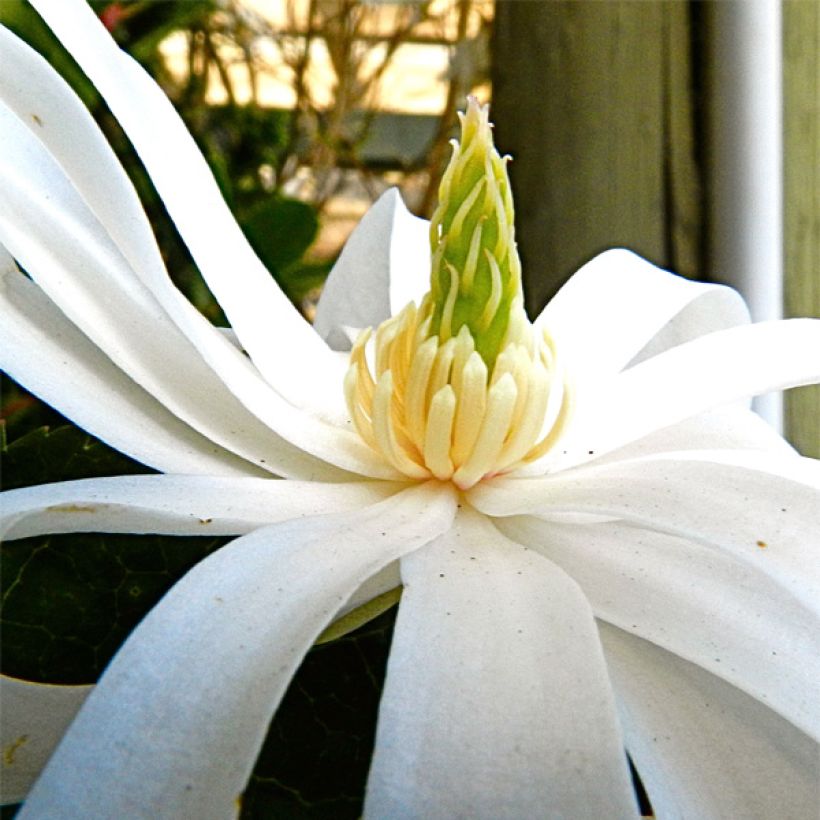

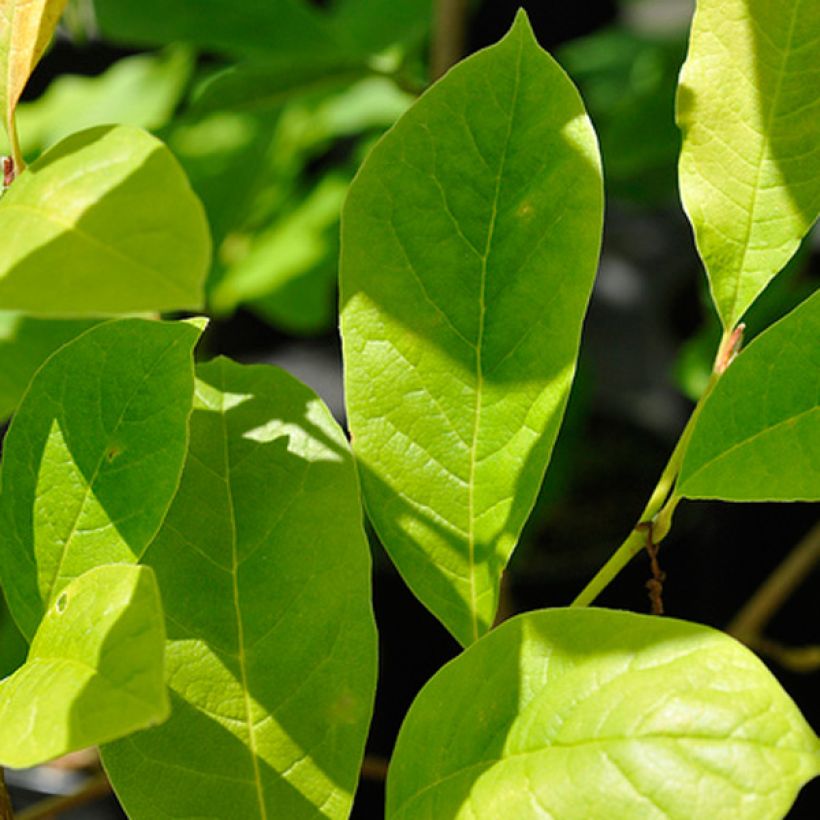

Plant habit
Flowering
Foliage
Botanical data
Magnolia
stellata
Royal Star
Magnoliaceae
Star Magnolia, Starry Magnolia
Cultivar or hybrid
Other Magnolia
View all →Planting and care
The Royal Star Magnolia stellata is planted in spring or early autumn in a good forest soil (pH 6 to 7) that is rich and not too dry in summer, and is loose and well-draining. It appreciates light sun or partial shade, sheltered from dominant winds. At planting be careful not to break the fleshy roots and not to bury the root ball too deeply. Mulch and water in summer if necessary. The year following planting, spread slug pellets round the base as spring attacks are dangerous for young plants. Beware of heavy frosts and hot, dry summers. Maintain good humidity by misting the foliage with a fine spray only in the evening. Pruning is unnecessary.
Planting period
Intended location
Care
Planting & care advice
-
, onOrder confirmed
Reply from on Promesse de fleurs
Similar products
Haven't found what you were looking for?
Hardiness is the lowest winter temperature a plant can endure without suffering serious damage or even dying. However, hardiness is affected by location (a sheltered area, such as a patio), protection (winter cover) and soil type (hardiness is improved by well-drained soil).

Photo Sharing Terms & Conditions
In order to encourage gardeners to interact and share their experiences, Promesse de fleurs offers various media enabling content to be uploaded onto its Site - in particular via the ‘Photo sharing’ module.
The User agrees to refrain from:
- Posting any content that is illegal, prejudicial, insulting, racist, inciteful to hatred, revisionist, contrary to public decency, that infringes on privacy or on the privacy rights of third parties, in particular the publicity rights of persons and goods, intellectual property rights, or the right to privacy.
- Submitting content on behalf of a third party;
- Impersonate the identity of a third party and/or publish any personal information about a third party;
In general, the User undertakes to refrain from any unethical behaviour.
All Content (in particular text, comments, files, images, photos, videos, creative works, etc.), which may be subject to property or intellectual property rights, image or other private rights, shall remain the property of the User, subject to the limited rights granted by the terms of the licence granted by Promesse de fleurs as stated below. Users are at liberty to publish or not to publish such Content on the Site, notably via the ‘Photo Sharing’ facility, and accept that this Content shall be made public and freely accessible, notably on the Internet.
Users further acknowledge, undertake to have ,and guarantee that they hold all necessary rights and permissions to publish such material on the Site, in particular with regard to the legislation in force pertaining to any privacy, property, intellectual property, image, or contractual rights, or rights of any other nature. By publishing such Content on the Site, Users acknowledge accepting full liability as publishers of the Content within the meaning of the law, and grant Promesse de fleurs, free of charge, an inclusive, worldwide licence for the said Content for the entire duration of its publication, including all reproduction, representation, up/downloading, displaying, performing, transmission, and storage rights.
Users also grant permission for their name to be linked to the Content and accept that this link may not always be made available.
By engaging in posting material, Users consent to their Content becoming automatically accessible on the Internet, in particular on other sites and/or blogs and/or web pages of the Promesse de fleurs site, including in particular social pages and the Promesse de fleurs catalogue.
Users may secure the removal of entrusted content free of charge by issuing a simple request via our contact form.
The flowering period indicated on our website applies to countries and regions located in USDA zone 8 (France, the United Kingdom, Ireland, the Netherlands, etc.)
It will vary according to where you live:
- In zones 9 to 10 (Italy, Spain, Greece, etc.), flowering will occur about 2 to 4 weeks earlier.
- In zones 6 to 7 (Germany, Poland, Slovenia, and lower mountainous regions), flowering will be delayed by 2 to 3 weeks.
- In zone 5 (Central Europe, Scandinavia), blooming will be delayed by 3 to 5 weeks.
In temperate climates, pruning of spring-flowering shrubs (forsythia, spireas, etc.) should be done just after flowering.
Pruning of summer-flowering shrubs (Indian Lilac, Perovskia, etc.) can be done in winter or spring.
In cold regions as well as with frost-sensitive plants, avoid pruning too early when severe frosts may still occur.
The planting period indicated on our website applies to countries and regions located in USDA zone 8 (France, United Kingdom, Ireland, Netherlands).
It will vary according to where you live:
- In Mediterranean zones (Marseille, Madrid, Milan, etc.), autumn and winter are the best planting periods.
- In continental zones (Strasbourg, Munich, Vienna, etc.), delay planting by 2 to 3 weeks in spring and bring it forward by 2 to 4 weeks in autumn.
- In mountainous regions (the Alps, Pyrenees, Carpathians, etc.), it is best to plant in late spring (May-June) or late summer (August-September).
The harvesting period indicated on our website applies to countries and regions in USDA zone 8 (France, England, Ireland, the Netherlands).
In colder areas (Scandinavia, Poland, Austria...) fruit and vegetable harvests are likely to be delayed by 3-4 weeks.
In warmer areas (Italy, Spain, Greece, etc.), harvesting will probably take place earlier, depending on weather conditions.
The sowing periods indicated on our website apply to countries and regions within USDA Zone 8 (France, UK, Ireland, Netherlands).
In colder areas (Scandinavia, Poland, Austria...), delay any outdoor sowing by 3-4 weeks, or sow under glass.
In warmer climes (Italy, Spain, Greece, etc.), bring outdoor sowing forward by a few weeks.






























